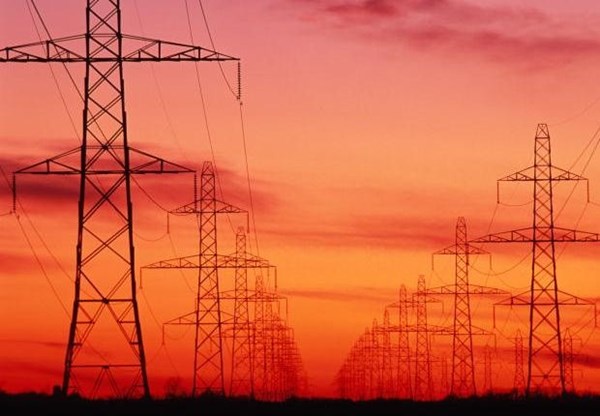Can Ukraine free itself from its dependence on Russian electricity?
Ukraine is going to continue to import electricity from Russia because the Soviet power system in place does not have the ability to generate sufficient electricity. The Ministry of Energy and Coal Mining stated the import of electricity from the Russian Federation is necessary because, “Electricity is a good which can’t be stored. It has to be generated at the very moment when consumption occurs.” There are several reasons why the current Ukranian system is not able to generate adequate electrical capacity.
The first reason is the frequent emergency shutdowns of units and scheduled outages for NPP units. As a preventative measure, NPP units are shut down if there is the smallest indication of system failure. Such a shutdown most recently occurred at the Zaporozhia NPP.
The need for frequent repairs and a lack of coal also hinder production at Thermal Power Plants. Private stations often halt the production of electricity due to emergency repair needs. Last year, the Ministry of Energy and Coal initiated a review concerning the impact of such repairs on the country’s energy supply. The State Inspectorate on usage of Nuclear Power Plants and power grids also found several cases when private TPP were unable to provide reserve capacities due to emergency shutdowns of the facilities. These repairs and shutdowns pose a threat to the larger energy system. Further, public and private energy units often need to stop production because of the lack of coal. Ukraine lacks hard coal which is taken from the ATO zone in Donbas and also imported from Russia and the Republic of South Africa.
Production at Hydro Power Plants is also restricted due to water shortages in the region. In 2015, rivers in Ukraine have had considerably less water than prior years. Experts believe that in the past there were higher levels of water in reservoirs in order to supply Crimea with water. But now that Ukraine no longer supplies the occupied peninsula with water, the gateways were opened resulting in a reduced flow. The amount of energy is 30-40% less than last year due to the reduction in water. This results in increased coal usage, as high as 100-150 thousand tons of coal each month.
Further complicating the energy problem in the country is the lack of stable, connected power grids. Overcapacity in one region can’t be transferred to another. An absence of coal at Zmiivska TPP caused production to halt at the facility. Though there was sufficient energy within other parts of Ukraine’s system, it was unable to be transferred to the Kharkov region. Two energy units had been built at Khmelnytskyi and Rivne NPP as a “quick fix” to the energy problem. However, adequate power grids were not built to manage these capacities resulting in the trapping of more than 1 million kWh that could have been utilized.
Only recently, with the land issue being resolved, have they started to build separate 750 kWh lines from Rivne NPP and Khmelnytskyi NPP to the substation Kievskaya in order to supply the central region with energy. Reducing the power by 800 kWh at Rivne NPP during this construction forced Ukraine to renew the importation of energy from Russia until November 12, 2015. This power reduction will meet some energy needs throughout November in the event the TPPs fail to secure enough coal by the import deadline.
Ukraine’s short-term and long-term strategies still leave cause for concern. The Ukrainian Ministry of Infrastructure has developed plans to establish its own generation processes, including nuclear generation, in support of consumers’ needs. The long-term strategy includes gradual reduction of coal usage, the development of non-conventional energy sources and the connection of the Ukrainian energy system to the European grid. In order to do so, Ukraine will need to upgrade grids and power stations, implement a new, competitive electricity market to support its ongoing production and maintenance and provide sufficient controlling capacities within its united energy system.
